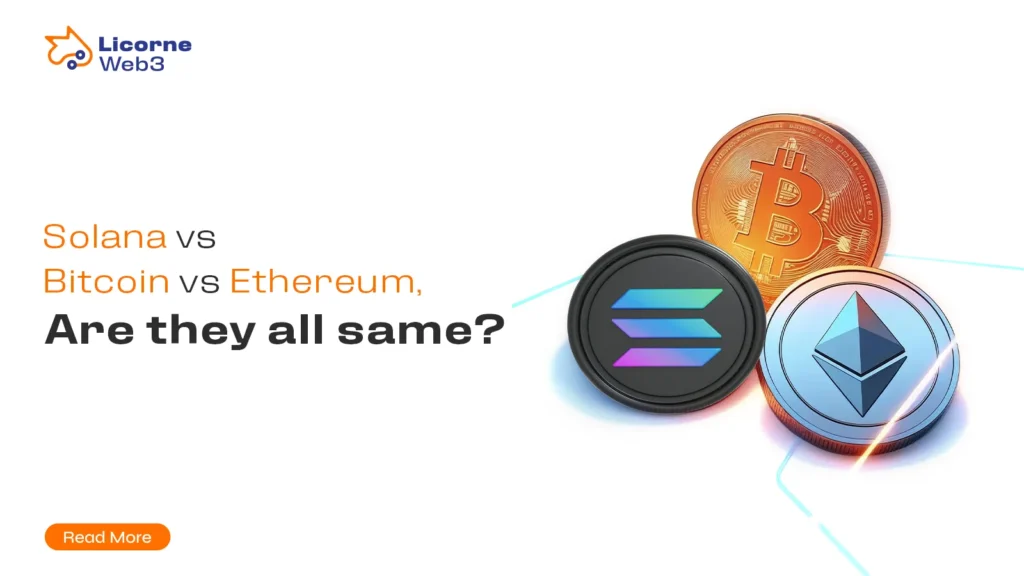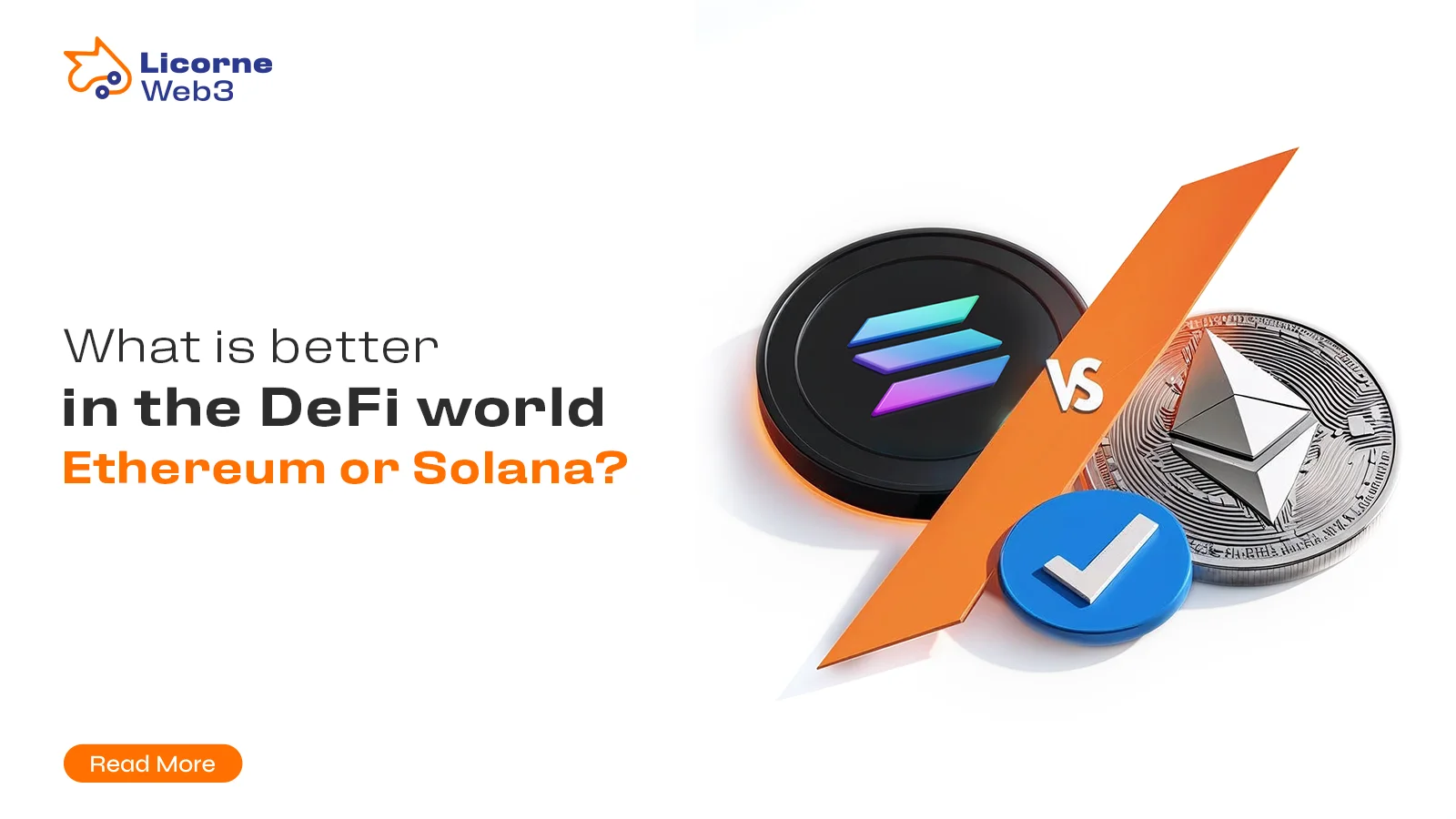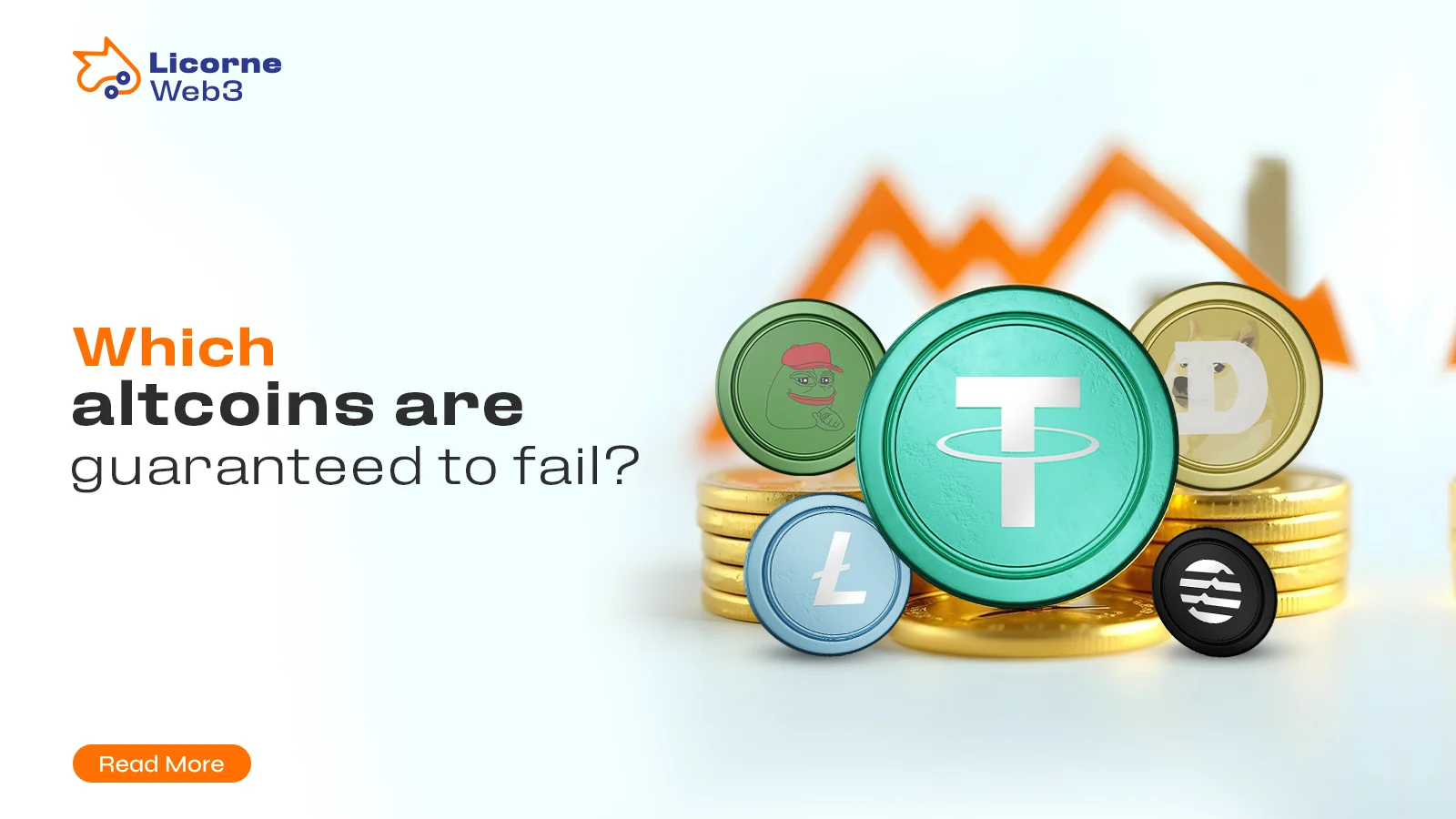The first decentralized digital currency, Bitcoin, launched from obscurity to attain the status of a worldwide financial asset. The early determination about Bitcoin’s exchange rate stands as one of its most interesting historical characteristics because it defined its monetary value at the time. Since Bitcoin is decentralized and lacks connection to central banks, government control, or fiat currency backing, its market valuation only depends on market supply and demand dynamics. Early Bitcoin adopters, together with its developers, helped establish its value through experimental pricing methods because they had to define its worth.
The Genesis of Bitcoin’s Valuation
The introduction of Bitcoin blockchain by Satoshi Nakamoto in 2009 occurred without any official legal tender status or monetary value. When Bitcoin first started its existence as a virtual currency, it had no fixed value since early users set its worth according to their unique experimentation with the system. The invention of Bitcoin as a technological advancement made many people understand its initial value through theoretical models.
The market value of Bitcoin depended mostly on how much computing power people needed to conduct Bitcoin mining operations. The process of solving complex mathematical problems yields new Bitcoins during the mining operation. At the inception, Bitcoin miners understood that the energy costs, processing power, and the electricity used to generate Bitcoin directly influenced its monetary worth.
The First Recorded Bitcoin Exchange Rate
The Bitcointalk forum posted the first Bitcoin for valuation using a user named “NewLibertyStandard”, who set a price through an electricity cost calculation. Under this valuation method, developers presumed that Bitcoin should retain at least the same value as the expenses needed for its mining procedures.
A published exchange rate between Bitcoin and national currencies appeared for the first time on October 5th, 2009, at 1,309.03 Bitcoin equivalent to $1. The pricing was derived from assessing Bitcoin mining expenses at this period. Based on the valuation calculation, each Bitcoin was worth $0.00076. The Bitcoin community autonomously created the first currency exchange rate, which operated without financial institutions or central bank involvement.
The First Bitcoin Transactions
During the early Bitcoin era, enthusiasts used peer-to-peer transactions because there was no established Spot Bitcoin exchange platform. The Bitcoin transactions operated through experimental methods at that time because the digital currency was developing as a new concept. Laszlo Hanyecz purchased two pizzas using 10,000 BTC during the inaugural Bitcoin commercial transaction on May 22, 2010. Through a Bitcoin purchase of 10,000 BTC, Laszlo Hanyecz acquired two pizzas while each Bitcoin had a relative value of $0.0025. Bitcoin Pizza Day marks the anniversary of the first physical transaction using Bitcoin.
May 22 holds special significance as the day Bitcoin Pizza Day commemorates the significant progress of this virtual currency. This seemingly absurd price paid for two pizzas serves as a major achievement for Bitcoin along its path toward becoming an exchange mechanism and digital legal tender.
Emergence of Bitcoin Exchanges
The creation of Bitcoin exchanges helped establish the overall market value of Bitcoin throughout its trading history. Bitcoin Trust instruments later emerged to help investors gain exposure. BitcoinMarket.com established itself as the first Bitcoin exchange service, which began operations on March 17, 2010. This exchange platform began Bitcoin trading operations by establishing the BTC price at $0.003 during its launch. An exchange system enabled users to transact Bitcoin by market conditions rather than depending on personal deals or traditional trade methods.
Additional Bitcoin exchanges emerged shortly after BitcoinMarket.com, and one of these exchanges became renowned as Mt. Gox. Bitcoin evolved from its initial position as an obscure digital asset to a tradeable commodity when its exchanges enabled users to buy and sell it using market-driven purchase prices.
Early Growth and Volatility
The growth in pricing of Bitcoin took a slow pace since only a few individuals were aware of its existence. By 2010 late, Bitcoin had received trading value of $0.10 equaling one Bitcoin unit. Bitcoin kept on growing, and it managed to gain a similar value to that of the US dollar at $1 per BTC in the month of the April 2011. After achieving this crucial milestone, Bitcoin’s existence as a decentralised digital currency having real world value began its legendary surge.
The increased recognition of the Bitcoin was able to attract more retail and institutional investors, which was supportive of the cryptocurrencies’ market liquidity. In the initial period of exchanging Bitcoins, extreme volatility of the market determined the market’s dynamics. The market trends of Bitcoin showed hundreds in percentage points on daily and hourly basis. The price fluctuations were mostly attributed to the fact that the Bitcoin’s trading activity was still low and the institutional investors were not much in the market structure.
The Evolution of Bitcoin’s Market Perception
The circumstances of the Bitcoin price increase drew more developers, along with entrepreneurs and financial analysts. A new virtual currency that used to be totally unknown got increasingly attention since it was considered a valuable store of value on the par with such major currencies as gold or the US dollar. The public changed their perspective about Bitcoin from a technological fad to the disruptive nature of Bitcoin in the financial operations.
Bitcoin became attractive to people due to decentralized approach to its system, which appealed to those seeking an alternative to holding bank accounts and centralized banking. The economic crisis of 2008 boosted the appreciation of Bitcoin since its users perceived the instrument as a form of resistance to the monetary expansion and meddling by the central bank. The adoption of Bitcoin by institutional investors throughout the years elevated Bitcoin markets by boosting its worth and credibility.
Bitcoin’s Price Breakthroughs
The Bitcoin market underwent several critical price milestones after achieving its first value surpassing one dollar. Bitcoin surpassed $30 in June 2011 but then started a rapid price decrease within the same month. Bitcoin encountered various prosperous and adverse price swings during the subsequent years since its initial surge, as market regulation, security breaches, and investor sentiment controlled its value movements.
In 2013, Bitcoin reached its all-time high of over $1,000 to demonstrate its value in the financial landscape. Price fluctuations occurred after the improvement in public Bitcoin investment, but development initiatives and institutional adoption kept growing. New Bitcoin ETFs, including Grayscale Bitcoin Trust, and futures trading products launched in the Bitcoin market caused additional expansion.
In 2024, Bitcoin reached $100,000 for the first time in its history, possessing strong evidence for its value as a digital asset. This milestone also increased demand for Bitcoin exchange-traded funds, creating further mainstream exposure.
Lessons from Bitcoin’s Early Valuation
The initial worth Bitcoin received creates essential principles about how digital currencies develop acceptance through decentralized communities. Traditional financial institutions played no role in valuing Bitcoin; instead, the value came from a decentralized network of developers, adopters, and traders.
Several lessons can be drawn from financial cryptography and early exchange systems:
- Market Creation: Bitcoin’s value was not pre-assigned but emerged organically as people began using and trading it.
- Utility Determines Value: Initially, Bitcoin had no intrinsic value, but its potential utility as a decentralized currency contributed to its increasing adoption.
- Perception Matters: As Bitcoin gained recognition, its perception as a store of value grew, leading to price appreciation.
- Volatility Is Inevitable: The early price fluctuations of Bitcoin highlight the challenges of speculative trading and price discovery in emerging markets.
Studies published in journals such as PLoS ONE, Financial Research Letters (Financ Res Lett), and Research in International Business and Finance (Res Int Bus Financ) have analyzed model performance, present-value models, and dollar quantity behavior to understand Bitcoin’s trajectory.
Conclusion
The communities of Bitcoin pioneers established the initial Bitcoin exchange rates independently because they believed in its potential. In its early years, Bitcoin emerged as a negligible virtual currency with a value under one cent, and today it has become a globally recognized financial and monetary asset. The valuation of 1,309 Bitcoin to equal one dollar functions today as a key moment demonstrating the development pattern of digital currencies.
Reports from Bloomberg News and BBC News have consistently covered these transitions, emphasizing Bitcoin’s evolution from a niche asset to a global standard.
The continued growth of Bitcoin requires studying its initial history because this period outlines essential development patterns of new financial establishments. Bitcoin has evolved from experimental peer-to-peer transactions to institutional investments in a major way because decentralized financial development can transform how the global economy operates.
Author
-

I am a content writer with a passion for creating engaging content. I aim to simplify complex topics for readers through writing. With a keen interest in blockchain and crypto, I strive to foster understanding and empower readers to explore new ideas!
View all posts















